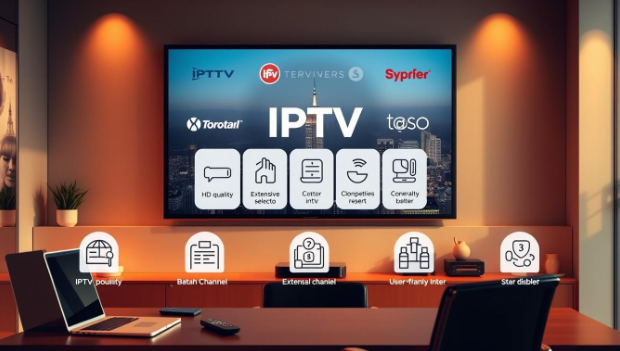4 Ways Restaurants Use Technology to Improve Their Supply Chain

Successful restaurants have efficient supply chain operations. Such efficacy is achieved through technology that is capable of solving growth and operational challenges for restaurants. After significant advancements in the supply chain technology in recent years, most vendors and suppliers are yet to connect with a streamlined way of demand and supply.
When supply and demand go out of sync, you incur losses at several stages. Wastage in the kitchen, the mismanaged amount of resources, and broken consumer service are the results of the sub-optimal supply chain. Fast-growing restaurants have designed their supply chains in a way so as to address essential factors with ease.
Why is technology important in the restaurant industry?
Supply chain management is of utmost importance for the restaurant industry because it helps to run a successful restaurant business. Several moving parts in a restaurant include dining, taking orders, billing, and other backend processes that structure the backbone of a thriving restaurant business.
The most successful restaurants have one thing in common; their consumers love food and the entire experience. The backend support enables the restaurants to manage the demand-supply chain. As the business grows, the entire chain becomes complicated. Because of these complexities, there is a need to have stronger visibility of the whole supply chain process.
Many restaurants are unable to cope up with these complexities. This is the reason why the owners need to maintain consistent results throughout the entire supply chain operations. And, only technology can help streamline the whole process for restaurants.
4 ways technology can improve the supply chain for restaurants
Technological innovation is the main reason that drives today’s restaurant business and impacts positively on their brand value. Here are the 4 ways technology increases your brand reputation and eases the supply chain process.
1. Automation
When it is about automation in restaurants, it generally means less manual work for all the staff connected with the restaurant. By incorporating an automated process, employees can put more emphasis on their primary objective of interacting with consumers so that they can have a remarkable experience instead of an ordinary one.
NetSuite Solution Providers allow your staff to devote their time to the critical tasks at hand. They don’t have to fool visitors with the manual processes to build brand rapport.
2. New markets
By adopting new technologies that help streamline the management process, a restaurant can expand their market quickly. This expansion may happen by adding physical stores or off-premise dining trends. Technology can turn this chaotic expansion into a calm one.
Now you can have a sigh of relief. With intuitive technology, you can push the information to all kitchens at the same time with complete instructions and matching photos corresponding to how the meal should look.
3. Consistent feedback
Restaurants should obtain quality feedback and then act to improve. By doing so, restaurants reap immense rewards. Also, soliciting feedback help, consumers feel valued and heard. Modern technologies deploy reviews and guest surveys to their valued consumers to know more about the experience.
Restaurants these days are embracing newer technologies to compile immediate guest feedback right after the dining experience. Whether it is a guest survey or a star rating that pops on smartphones, restaurants are enacting technologies to collect feedback.
4. Quick payments
Restaurants have been benefited by the impact of technology more than ever. Getting quick payments for your meals is a great benefit to the owners. But, consumers love this process as well. People don’t like waiting. Consumers won’t linger at a restaurant where nobody addresses them quickly. Technology helps consumers provide a convenient way of paying from the table.
The behavioral change in dining has created many problems for restaurants. Certain kitchen operators who are new in the game are finding it hard to pack meals for quick delivery, make the place ready for new incoming orders, shift gears when demands go beyond what your restaurant kitchen can handle, and intimate the host when the meal is getting ready and coming out of the place for drivers.
NetSuite Solution Providers communicate with the backend and alleviates the operational pain points that arise out of the expansion.
Conclusion
With the right kind of solution in place for restaurants, owners can adapt quickly to the changing market conditions. Modern technology helps you control, manage, and gain visibility of your supply chain with ease.








